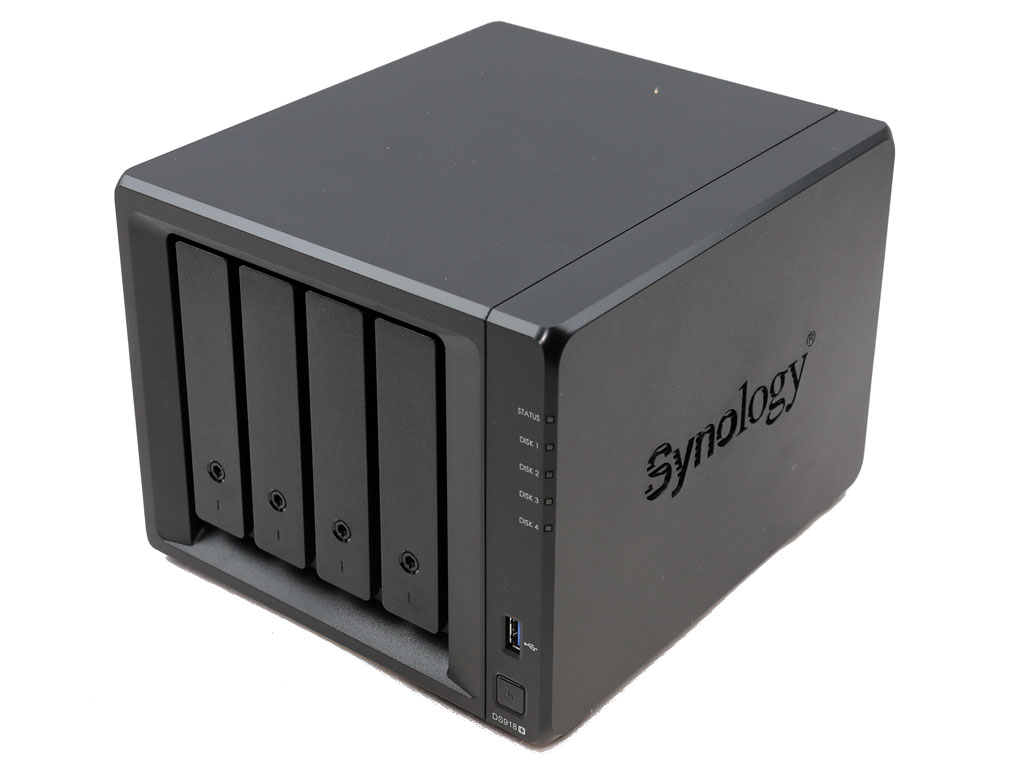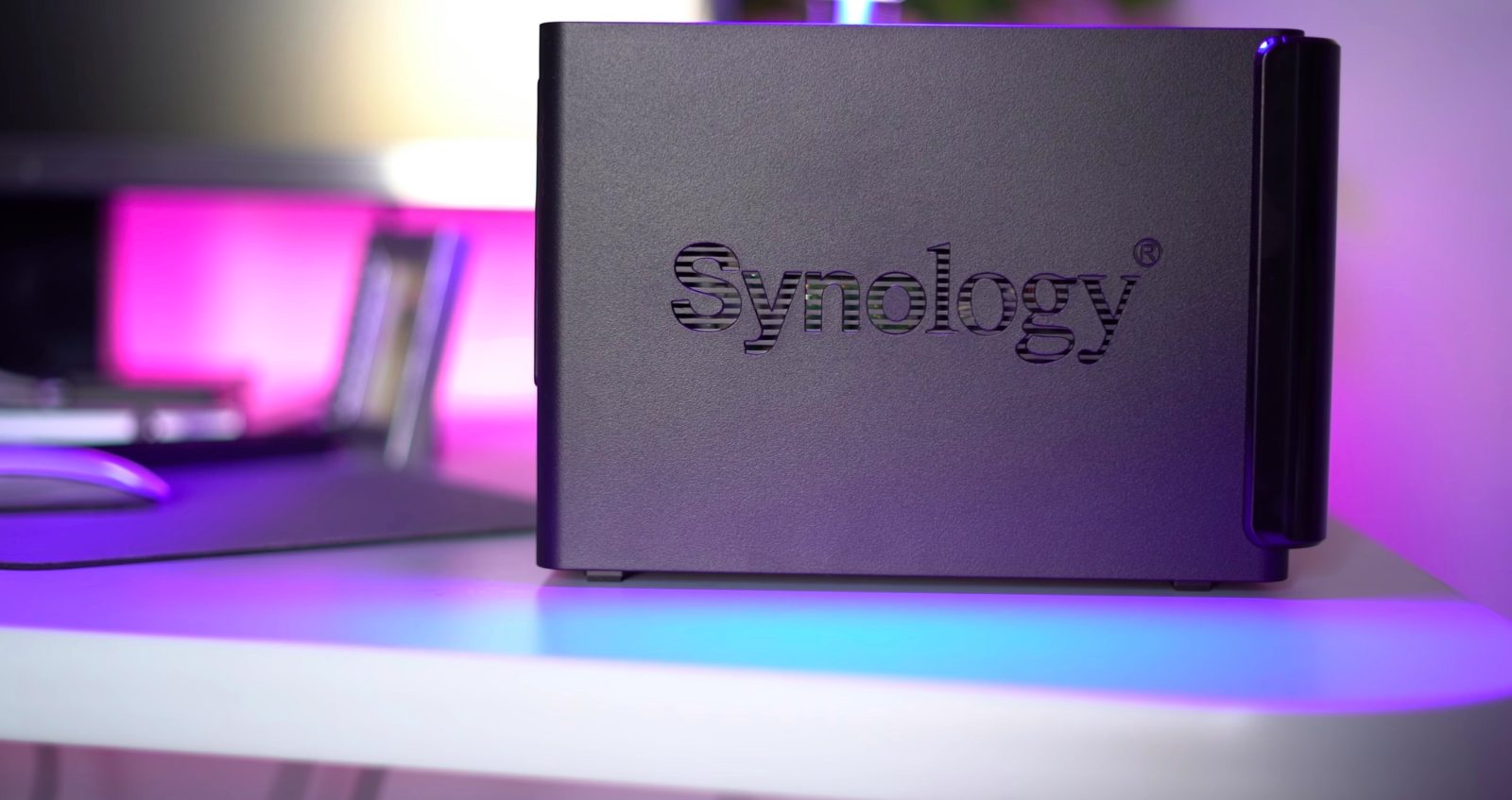

Overall, it’s a lot of fun and easy to use.īackup capabilities include syncing with online storage vendors, and from the box to a number of destinations. Synology was the first company to go this route, so kudos for trailblazing. Operating system and appsĬonfiguring a Synology NAS box (or just about any of its competitors these days) is identical to using a PC, except that the desktop appears in a browser window.

I’ve done it, but it’s not something the average home user looking to stream and back up is going to want to hassle with.
#Best nas for home synology drivers#
Note that while the box has only gigabit ethernet ports, it is possible to inject drivers for some 2.5GbE USB adapters via the command line. Processing comes courtesy of a fast, four-core Intel Celeron J4125 fed by 2GB of DDR4 DRAM (expandable to 6GB). The back of the DS720+ is home to dual gigabit ethernet ports, a four-pin DIN power connector, and an eSATA port to accommodate Synology’s five-bay DX517 expansion box. The front of the box is home to the power button, a USB port for quick copying of data from thumb drives and the like, and the status lights. The back of the box features a pair of gigabit ethernet ports, a second USB port, an eSATA port (for drive expansion with the devices such as the Synology DX517 Expansion Unit), a Kensington lock port, the four-pin power socket, and a reset button.


 0 kommentar(er)
0 kommentar(er)
